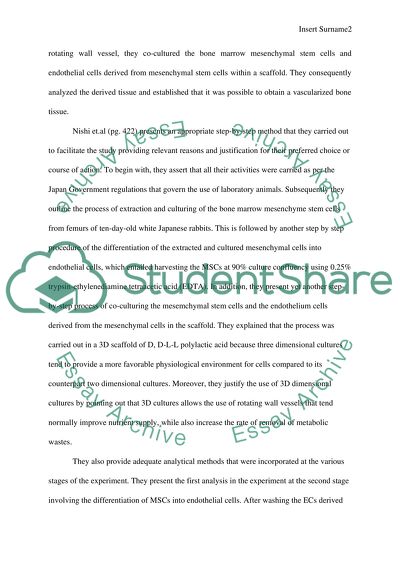Cite this document
(“Bone Tissue Engineering Book Report/Review Example | Topics and Well Written Essays - 1000 words”, n.d.)
Bone Tissue Engineering Book Report/Review Example | Topics and Well Written Essays - 1000 words. Retrieved from https://studentshare.org/biology/1470411-bone-tissue-engineering
Bone Tissue Engineering Book Report/Review Example | Topics and Well Written Essays - 1000 words. Retrieved from https://studentshare.org/biology/1470411-bone-tissue-engineering
(Bone Tissue Engineering Book Report/Review Example | Topics and Well Written Essays - 1000 Words)
Bone Tissue Engineering Book Report/Review Example | Topics and Well Written Essays - 1000 Words. https://studentshare.org/biology/1470411-bone-tissue-engineering.
Bone Tissue Engineering Book Report/Review Example | Topics and Well Written Essays - 1000 Words. https://studentshare.org/biology/1470411-bone-tissue-engineering.
“Bone Tissue Engineering Book Report/Review Example | Topics and Well Written Essays - 1000 Words”, n.d. https://studentshare.org/biology/1470411-bone-tissue-engineering.


